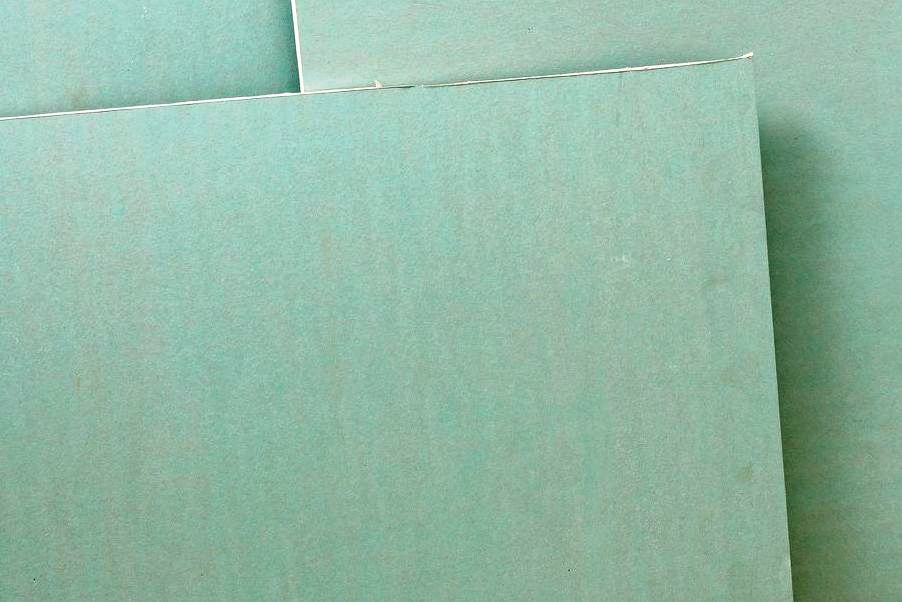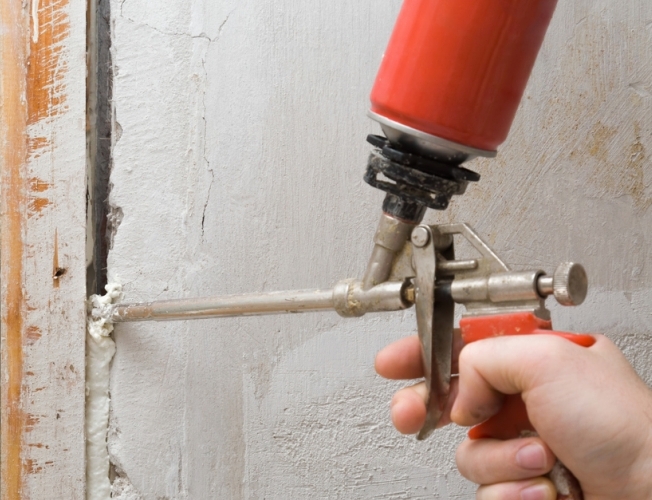Plastering Over Green Board for a Smooth Finish

Plastering was the method used to cover walls before drywall was invented. Plaster is a paste that is created by combining water with gypsum and other ingredients. Once on a surface, it solidifies into a long-lasting coating.
Just like drywall, plaster serves the same purpose. They even smooth out the surface, but they are stronger and more long-lasting than drywall.
Plaster has a lot of uses, so you might think about covering the green board with it. We will discuss whether plastering over green board is possible and how long it will last in our article.
Is It Possible to Plaster a Green Board?
You can apply plaster over a green board. But in order to get the plaster to stick to the green board, you’ll need a plaster bonder. This is not a difficult project.
But in order to prevent the plaster from coming off too soon, there are a few steps that need to be taken. We’ll give you a thorough tutorial on plastering over a green board. However, we must first define what a green board is.
The majority of us are used to seeing standard drywall in our living rooms and other areas of our houses. There is an alternative kind of drywall, though, that works well in humid and wet environments. We call that kind of drywall “green board.”
Green board is a type of drywall made to resist high levels of moisture and humidity. It’s not as common as it once was, but it can still be useful for a variety of home building projects.
This drywall is green on one side, as the name would imply. It is this color to help installers identify which side to align with the wall.
Its resistance to moisture and humidity makes the green board an excellent choice for high-moisture areas. Because it’s not waterproof, it does have certain limitations.
Avoid exposing green board to a lot of moisture. That may result in the growth of mold and wall degradation. Use of a green board near showers or kitchen sinks is not advised for these reasons.
Cement boards are the most suitable choice for such a surface. Aside from that, installing the green board is not too difficult. The process for installing other kinds of drywall is the same.
What Advantages Does Plastering Over Green Board Offer?
Plaster and drywall products like green board are similar in that they both aim to give walls a smoother, more aesthetically pleasing surface.
You might then ask yourself why anyone would want to cover up the green board in the first place. Plastering over green board does have a few advantages, nevertheless. Among them are
- We noted that plaster produces a finish that is more durable than drywall when we introduced it. In contrast to the latter, which is easily harmed by furniture, plaster is far more durable and impact-resistant.
Plastering over a surface similar to a green board results in a wall that is stronger. Your wall can resist deterioration for years when it is constructed with plaster and green board.
- A green wall can benefit from additional weatherproofing from polymer. You can add a waterproofing agent to the plaster if you plan to use a green wall in a high-humidity area.
Plasters are not waterproof, so you can make them more moisture resistant by adding a waterproofing agent. Please take note that using a green board in the shower should not be the result of the above.
There will be some benefits to waterproofing, but too much water will seep through the plaster and cause mold to grow on the green board.
The enhancement of soundproofing is an additional advantage of applying green board plaster. More soundproofing capabilities are always beneficial, whether the property is residential or commercial.
Less sound will be able to get through if you cover the green board with plaster. This can guarantee that noises from the outside and inside the building won’t disturb the people living there.
How Can a Green Board Be Plasted Over?
Plastering over green board is a simple process, but it takes patience and accuracy. Additionally, you must have steady hands.
You will need to practice outside if you have never plastered a wall before. After a few tries, you can easily get the hang of it because it’s not that hard.
You can start plastering over the green board once you think you’re ready.
- Step 1: Get the green board ready
When covering a green board with plaster, two things can happen. One is that you might be working with an outdated green board. Recall that a few years ago, green boards were widely used.
Alternatively, you might be painting a fresh green board. If it’s brand-new, use an all-purpose joint compound to tape the joints.
Sand the surface of the green board and see if any holes need to be filled if it has been there for a while. When applying plaster over a green board, preparation is essential.
- Step 2: Apply a plaster bonder
The key ingredient when plastering over green board is to use a bonder. Plaster will not stick well and won’t last very long without a bonder.
Because a green board has a paper substrate on its surface, it cannot be attached to plaster directly.
Obtain a good plaster bonder and use it in accordance with the manufacturer’s instructions to avoid unpleasant situations in the future.
- Step 3: Apply the plaster’s base coat.
Spreading the first coat of plaster is necessary after using a plaster bonder. As mentioned earlier, if it’s your first time, you will need to learn how to use a trowel and a hawk.
The base will be the first coat. It ought to be about 3/8 of an inch thick and rather thin. Ensure that the plaster you use is lightweight.
It may come off if it is excessively heavy. Remember to incorporate a waterproofing agent into your plaster mixture if you want to enhance the green board’s waterproofing.
- Step 4: Apply a finish coat.
Once the plaster is in place, you should apply a final coat. Apply it in the same manner as the foundation coat. But make sure there’s a tiny bit less finish coat.
Using this coat, you can achieve a textured finish. However, that will call for some plastering expertise, which not everyone possesses.
Which Kind of Plaster Is Appropriate for a Green Board?
If you are having trouble deciding which kind of plaster is ideal for a green board, veneer plaster is a good option. It is more resilient to dents and scratches and lasts longer than most plasters. For a matte finish, gypsum plaster is another option.
Will the Plaster Show Green Color?
Rarely will a green board show through plaster unless very thin layers of plaster are used. Compared to paint and other coatings, plaster is thicker.
As a result, the green will be totally obscured when plaster is applied over green board. Your only remaining options will be the plaster’s color and texture.
Before plastering, should you sand over the green board?
Sanding the green board is a good idea prior to plastering. Sanding produces a rough surface that helps plaster stick to it.
Even though the bonding agent will assist in adhesion, roughing the green board before plastering is a good idea. A green board can be sanded with sandpaper or an electric sander.
When working with numerous walls that have been equipped with green boards, the latter option is more practical.
What’s the Plaster Over Green Board Duration?
If applied properly and the right ingredients are used, plaster on green board can last for many years.Plastered drywall is a finish that is incredibly resilient and long-lasting.
Plaster and green board should last a very long time as long as they aren’t exposed to too much water. In the event that a bonding agent is not used, the plaster will separate as it cures.
Furthermore, there’s a good chance that using heavy plaster will be too much for the bonding agent to adhere to. You need not worry about anything as long as you adhere to our instructions.
When plastering over green board, is it better to hire a professional contractor?
A certain amount of skill is needed for the project of plastering over green board. Although this project is easily completed by a novice, if you have never plastered a surface, you may want to consider getting professional assistance.
Plaster can be properly layered over a green board by a skilled contractor. They can also produce different final textures. The typical do-it-yourself enthusiast will not be able to complete this.
Furthermore, plastering over green board is an expensive and labor-intensive procedure.
While getting professional assistance has many advantages, it will cost money. In addition to the labor costs, you will need to purchase the bonding agent and plaster.
It is preferable to hire a professional if you are unsure of your abilities rather than completing a shoddy job. You ought to be able to locate a qualified plasterer who charges reasonable prices by doing some research.

